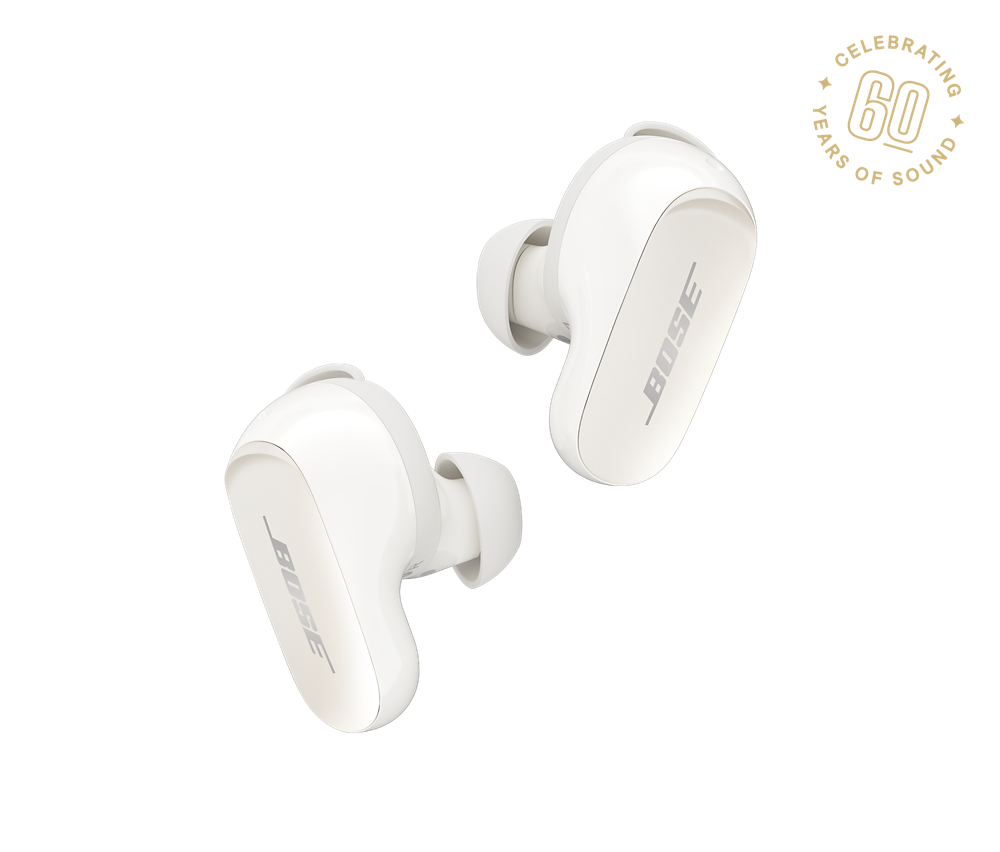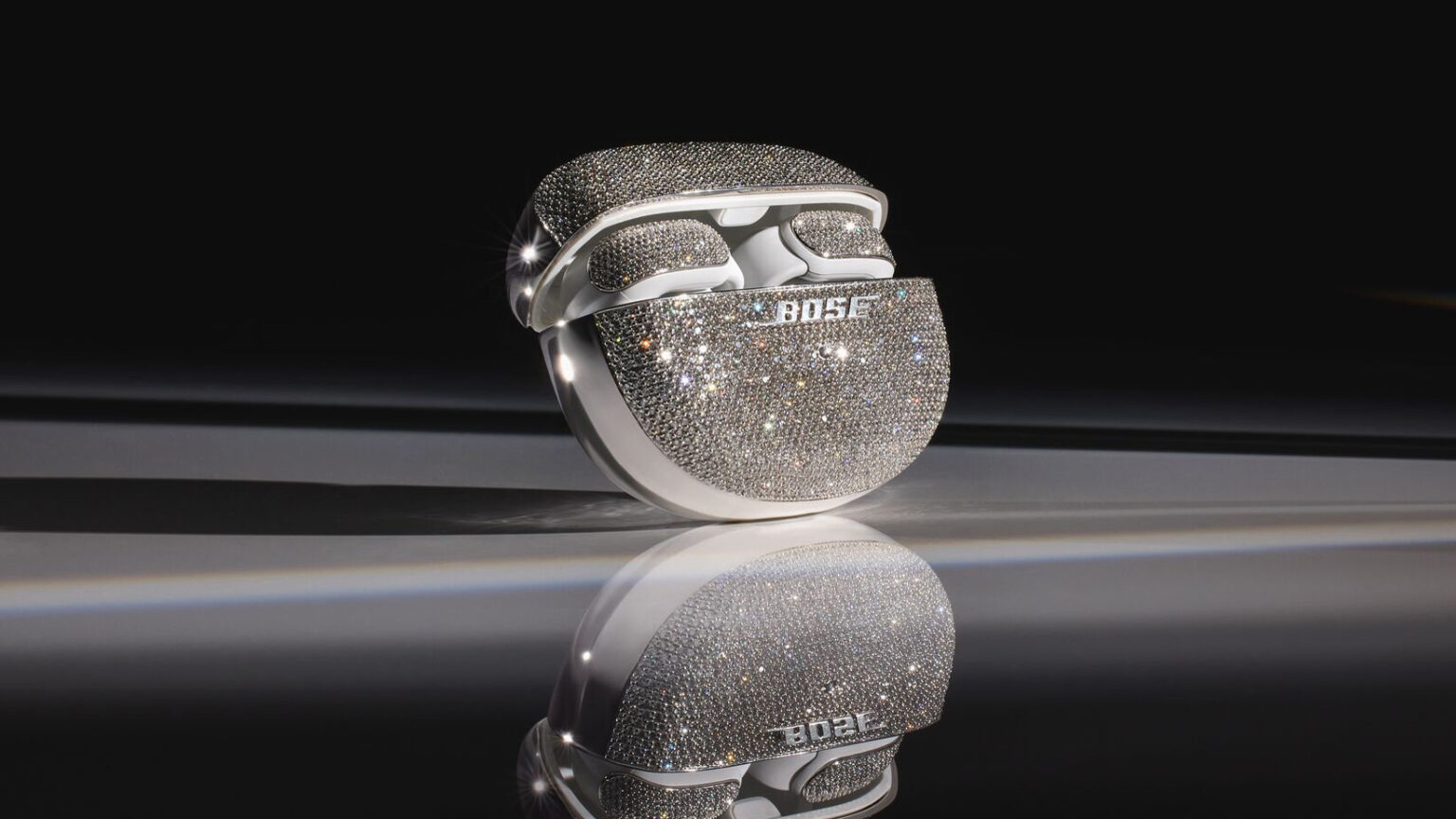Bose diamond steps into the spotlight as an exciting marvel in both science and technology, sparking curiosity and anticipation. Its journey from an intriguing concept to a material of international interest has made bose diamond a favorite topic among researchers, industry professionals, and trendsetters alike. With its rising prominence, bose diamond is not just a name but a testament to human innovation and ambition.
Originating from the fusion of advanced research and cutting-edge manufacturing, bose diamond refers to a class of synthetic diamonds noted for exceptional hardness, unique optical characteristics, and a meticulously engineered structure. Its synthesis involves sophisticated methods and specialized equipment, resulting in materials that rival, and sometimes surpass, natural diamonds in quality and performance. Bose diamond is making waves across multiple fields, from industrial applications to modern culture, and its influence continues to grow as new uses and possibilities emerge.
Introduction to Bose Diamond
Bose Diamond is a term that has started to gain traction in both scientific and industrial circles, referring to a unique form of diamond that leverages advanced synthesis techniques inspired by Bose–Einstein physical theories. The name “Bose Diamond” pays homage to Satyendra Nath Bose—a physicist known for his foundational work in quantum mechanics, particularly in Bose–Einstein condensation—and to the impeccable structure and rarity associated with diamonds.
The term is used in slightly different ways depending on the context. In material science, Bose Diamond often refers to diamonds synthesized under extreme quantum-controlled conditions, offering superior purity and distinctive quantum properties. In technology and speculative media, Bose Diamond is sometimes imagined as a next-generation material for electronics, quantum computing, or decorative luxury items due to its theoretical physical advantages.
Interest in Bose Diamond has risen due to ongoing research in quantum materials and the growing demand for high-performance synthetic diamonds across several industries. Its relevance is further boosted by the search for new materials that combine strength, optical brilliance, and unique electronic properties.
Origin and Meaning of “Bose Diamond”
The phrase “Bose Diamond” merges the legacy of S.N. Bose with the allure of diamond, representing a confluence of quantum physics and material elegance. While not a naturally occurring variant, the term is used to describe lab-created diamonds with properties influenced by quantum mechanical design, or in some cases, hypothetical materials discussed in academic research.
Contextual Overview of Bose Diamond
In academic and industrial settings, Bose Diamond means:
- A class of synthetic diamonds engineered for enhanced quantum or electronic properties.
- A marketing term for diamonds made using advanced Bose–Einstein inspired synthesis, often associated with premium quality.
- A fictional or futuristic material in literature and media, usually portrayed as having extraordinary properties.
Relevance and Current Interest

Interest in Bose Diamond is driven by the intersection of quantum material research and the pressing need for materials with exceptional mechanical and electronic qualities. As quantum technologies evolve, Bose Diamond is increasingly referenced as a material of the future, both in scientific publications and in discussions on the next generation of electronics and photonics.
Scientific and Technological Aspects: Bose Diamond
Bose Diamond is distinguished by its unique blend of diamond’s classical characteristics with novel quantum-inspired enhancements. This makes it an attractive subject for both scientific exploration and industrial application.
Physical Properties of Bose Diamond
Bose Diamond maintains the renowned hardness of natural diamond, registering a 10 on the Mohs scale, but it may also exhibit modified optical or electronic properties. Its structure is typically a perfect or near-perfect lattice, which contributes to its extreme clarity and strength. Quantum-level manipulations during synthesis can result in altered light refraction, improved thermal conduction, or even tunable electrical properties.
Synthesis and Creation Process
The creation of Bose Diamond usually involves cutting-edge techniques such as chemical vapor deposition (CVD) modified by quantum field modulation, or high-pressure, high-temperature (HPHT) processes with quantum-controlled catalysts. The table below summarizes common methods used:
| Method | Equipment Required | Estimated Cost (USD) | Time Required |
|---|---|---|---|
| Quantum-Enhanced CVD | Plasma Reactor, Quantum Modulator | $200,000+ | 2-3 weeks |
| HPHT with Quantum Catalysts | HPHT Press, Catalyst Chamber | $150,000+ | 1-2 weeks |
| Nanostructure Layering | Nanolayer Deposition Chamber | $300,000+ | 4-6 weeks |
Comparison with Natural and Other Synthetic Diamonds

Bose Diamond rivals the best natural and lab-grown diamonds in several properties, but key differences exist:
- Purity: Bose Diamond typically exceeds both natural and standard synthetic diamonds in purity due to controlled synthesis environments.
- Structure: Quantum-controlled methods can create more uniform crystal structures, reducing internal flaws.
- Cost: Bose Diamond production is more resource-intensive, leading to higher prices.
- Performance: Enhanced thermal and electronic properties open new industrial and technological applications.
Applications and Uses
Bose Diamond’s exceptional qualities have paved the way for diverse applications across multiple sectors, from cutting-edge technology to heavy industry. Its unique combination of quantum-modified characteristics and the fundamental strengths of diamond allow for new solutions and performance enhancements.
Industry Applications for Bose Diamond
The following list details current and emerging uses of Bose Diamond, highlighting its versatility and value:
- Quantum Computing: Utilized as qubits or substrates due to quantum coherence properties.
- Medical Devices: Ideal for surgical blades and implant coatings due to biocompatibility and hardness.
- Semiconductor Industry: Used in high-performance transistors and heat spreaders.
- Optical Instruments: Applied in high-precision lenses and windows for lasers.
- Jewelry: Valued for unmatched clarity and brilliance in luxury pieces.
- Cutting Tools: Preferred in mining and machining for durability and sharpness.
Advantages over Conventional Diamonds
Bose Diamond offers several benefits compared to natural and other synthetic diamonds, especially in demanding environments. The following points summarize its key advantages:
- Enhanced durability and lifespan due to improved lattice structure.
- Superior thermal management for electronics and photonics.
- Customizable optical and electronic properties for specialized uses.
- Consistent and defect-free material, ensuring predictable performance.
Sector-Based Use Cases
The table below organizes common applications of Bose Diamond by sector, function, and benefits:
| Sector | Function | Benefits |
|---|---|---|
| Electronics | Substrate for Quantum Chips | Increased processing speed, better heat dissipation |
| Medical | Implant Coatings | Low reactivity, reduced infection risk |
| Industrial | Cutting and Drilling Tools | Longer lifespan, higher precision |
| Consumer Luxury | Fine Jewelry | Exceptional clarity, unique status symbol |
Market Trends and Availability
Bose Diamond is still considered a high-end and specialized material, predominantly available through select producers in technologically advanced regions. Its limited supply and premium positioning contribute to its exclusive reputation in global markets.
Global Availability and Production Centers
Most Bose Diamond production occurs in North America, Europe, and parts of East Asia, where access to advanced quantum synthesis equipment and expertise is concentrated. The supply chain typically involves specialized labs working in partnership with technology firms and luxury brands.
Recent Market Trends
The demand for Bose Diamond has increased in sectors such as quantum computing, advanced manufacturing, and luxury goods. Prices remain high due to the complexity and cost of production, but as synthesis methods improve, gradual market adoption is expected. New applications in electronics and biomedicine are also pushing broader acceptance.
Manufacturers and Distribution
The table below summarizes leading manufacturers, typical product types, and main distribution regions:
| Manufacturer | Product Type | Distribution Region |
|---|---|---|
| QuantumGems Inc. | Synthetic Bose Diamonds (Jewelry, Industrial) | North America, Europe |
| DiamondQ Technologies | Quantum Substrates, Medical Coatings | Asia, North America |
| LatticeLux | Luxury Jewelry, Optics | Europe, Middle East |
Bose Diamond in Popular Culture and Media
Bose Diamond has captured the imagination of writers, filmmakers, and artists, often symbolizing ultimate purity or futuristic technology. Its frequent references in speculative fiction highlight its perceived value and mystique.
References in Literature, Film, and Digital Media
Bose Diamond has appeared in several science fiction novels and films as a plot device or symbol of unbreakable strength and sophistication. In video games and digital art, it is occasionally used as an item of supreme rarity or as the core of advanced technologies.
“The Bose Diamond was not just a jewel; it was the very heart of the city’s quantum grid, keeping the lights on and the secrets safe.”
“In the world of tomorrow, only those with access to Bose Diamonds rule the data streams.”
Impact on Public Perception
These portrayals reinforce Bose Diamond’s identity as a material of the future, enhancing its desirability and aura of mystery. For many, the term now evokes not just physical properties, but also innovation, luxury, and the promise of technological breakthroughs.
Care and Maintenance
Proper care ensures that Bose Diamond retains its brilliance and functional properties, whether used in industrial settings, jewelry, or high-tech devices. Unlike natural diamonds, Bose Diamond may have specific handling recommendations due to its quantum-modified surface or internal structures.
Recommended Cleaning and Maintenance Procedures
Routine maintenance involves gentle cleaning and careful storage, taking into account the intended use and any coatings or enhancements present. Avoiding exposure to harsh chemicals and extreme temperatures helps preserve both physical and quantum properties.
Daily Care, Storage, and Handling Steps
To maximize the longevity and performance of Bose Diamond items, follow these steps:
- Inspect regularly for smudges, dust, or residues.
- Clean gently with a soft lint-free cloth or a brush with mild soap and distilled water.
- Avoid abrasive cleaners or ultrasonic baths, which can affect quantum-modified surfaces.
- Store separately in a soft pouch or lined box to prevent scratches.
- Handle with clean, dry hands to reduce risk of surface contamination.
Maintenance Tips Table, Bose diamond
| Preparation | Cleaning Agents | Frequency |
|---|---|---|
| Inspect for visible dirt or marks | Distilled water, mild soap | Weekly |
| Use soft cloth/brush | Non-abrasive cleaner | As needed after each use |
| Check for structural integrity | None (visual check) | Monthly |
Future Developments and Research
Bose Diamond remains at the center of innovative materials research, with ongoing projects seeking to unlock new capabilities and reduce production costs. This continuous development is key to its expanding role in advanced technologies.
Ongoing Research and Innovations
Current research focuses on enhancing Bose Diamond’s quantum properties, improving synthesis efficiency, and expanding its range of applications. Partnerships between academic institutions and industry leaders drive these efforts, enabling real-world testing and refinement.
Potential Future Advancements
Several promising advancements are on the horizon, including:
- Improved quantum coherence times for quantum computing qubits.
- Scalable production methods to lower costs.
- Tailored optical properties for high-end photon detection and laser systems.
- Enhanced biocompatibility for next-generation medical implants.
- Integration into flexible electronics and smart materials.
Emerging Methods for Enhancement

Emerging approaches include the use of nanostructuring, controlled doping with rare elements, and in-situ lattice tuning via external fields. For example, recent studies at the Massachusetts Institute of Technology (MIT) have demonstrated experimental setups where Bose Diamond’s properties can be dynamically adjusted through applied magnetic fields, opening new pathways for adaptive material systems in electronics and sensing.
